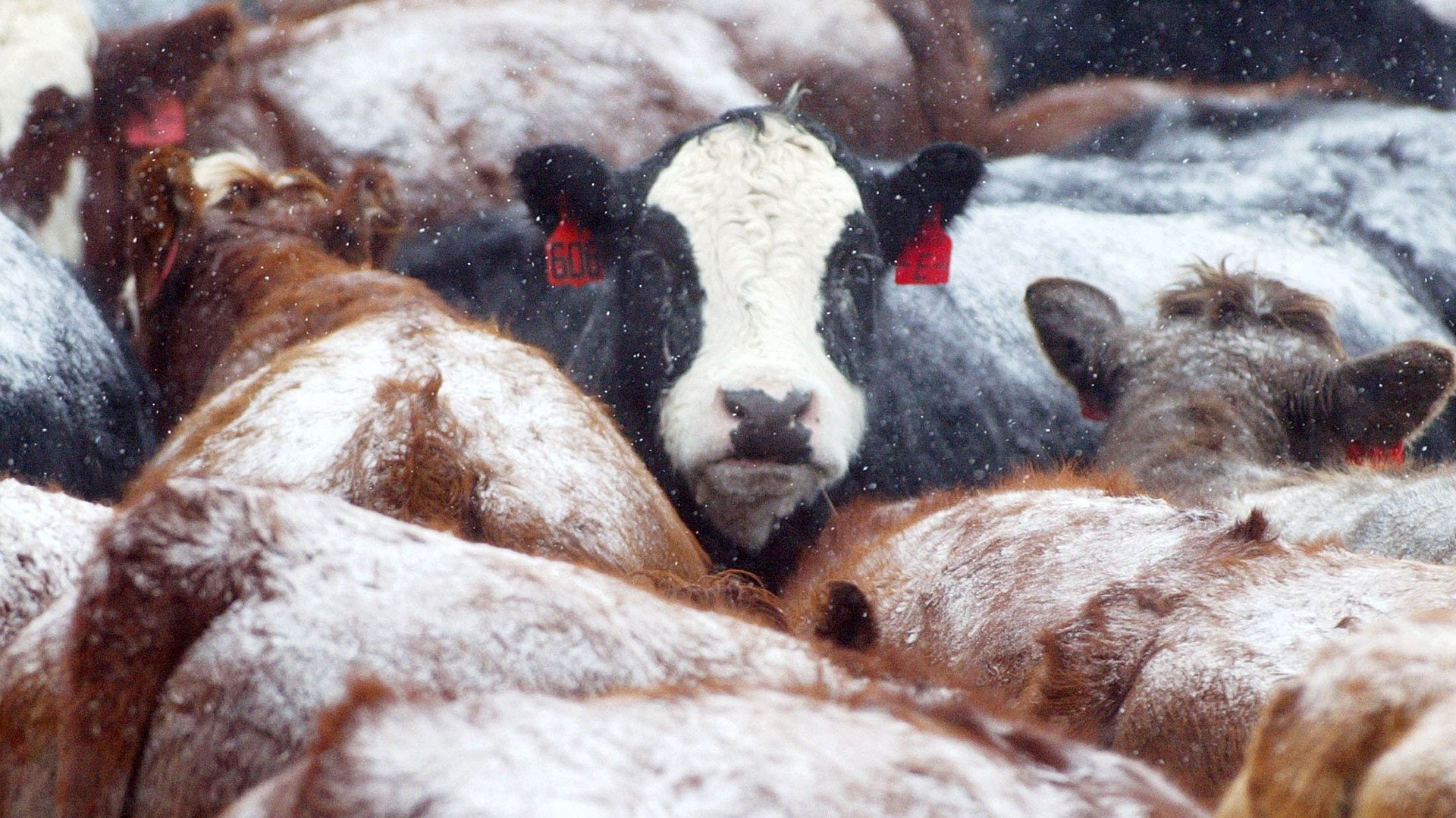The oldest US commodities index is at an all-time high
The Commodity Research Bureau Raw Industrials index, the US’ oldest commodities index, is 87 years old, but some of its items could have been plucked right out of a market in the Middle Ages.


The Commodity Research Bureau Raw Industrials index, the US’ oldest commodities index, is 87 years old, but some of its items could have been plucked right out of a market in the Middle Ages.
The CRB Raw index, as it’s known, includes tallow, the rendered animal fat that goes into soap or candles but also into industrial lubricants. It includes burlap, the tough plant-fiber fabric that is made into sacks and hipster tote bags. It includes rosin, a solidified pine sap used by the printing and pharmaceutical industries, as well as by violinists to lend texture to the fine hairs of their bows. It includes cotton, tin, cow hides, wool, and half a dozen other commodities. All 13 of them are the kinds of products a monastery might have stocked up on ahead of winter six hundred years ago.
On Thursday (Oct. 14), the CRB Raw index hit its highest mark in its history—evidence that the upward pressure on prices across the US economy is affecting even old-school essentials that consumers don’t often have cause to think about.
The index is part of a group of metrics compiled by Barchart, a company that provides stock and commodities intelligence. “Price pressure on inputs continues to be widespread across the industrials complex,” said Keith Petersen, Barchart’s chief strategy officer. “We increasingly see a willingness from producers to pass these prices on to the consumer, and Barchart expects consumer price increases to continue throughout the next two quarters.”
Are US commodity prices rising?
The first version of the CRB Raw index was established in 1934, by the Bureau of Labor Statistics, after the Treasury Department had asked the Bureau to track the spot prices of sensitive commodities. In 1940, the index was made public for the first time, listing 28 commodities; a decade later, that number shrank to 22. As time passed, the indices were subcategorized; lard and corn, for instance, went into a separate index for foodstuff. Barchart acquired all these indices in 2001.
As with other commodity indices, Barchart sets out specifications for the constituents of the CRB Raw index:
- Tallow: Packers’ prime, inedible, per lb., price determined in Chicago
- Burlap: 10 oz., 40″, ex-dock or ex-warehouse, duty paid, per yd., price determined in New York
- Hides: Cow, light native, packer 30/53 lbs., fleshed, packer to tanner, dealer, or exporter per lb., f.o.b. shipping point, price determined in Chicago
Since the index is a composite, not every one of the 13 commodities is touching record prices. Vera Dordick, who runs Hidenet, a company that publishes reports on the leather and hide market, remembers that cow hides hit their historical highs around seven years ago, when a Texas steer’s hide, weighing around 30 kg, cost $106-107.
Around the end of 2019, a similar hide cost around $27, but then the pandemic devastated the industry, said Dordick, speaking from the sidelines of the Leather and Hide Council’s annual meeting in Chicago. “Everybody was eating a lot of beef last year, but no one was buying the hides, so you could have bought one for $14 or $15,” she said. In July of this year, prices bounced up, to around $56, Dordick said. Now, though, while prices hover around $36—beating pre-pandemic levels—the supply chain crisis is preventing them from being higher still.
“We were discussing this at length yesterday at the meeting,” she said. “These poor sellers have containers of hide that sit on the docks for 30 or 60 days before they can make it onto a ship. Then they get to Vietnam, and they aren’t able to get to the footwear factories, which are closed [because of Covid]. Some hides are used for automotive leather, but the demand for that is down because manufacturers aren’t making cars because they can’t get semiconductor chips. It’s all tied together—it’s a big bowl of spaghetti.”
On the other hand, cotton prices are soaring; on Oct. 8, they touched $1.16 per lb, the highest rate since July 2011. Back then, Chip Bergh, the CEO of Levi Strauss, remembered in an earnings call on Oct. 6, the price surge was so sudden that “we needed a prayer meeting.” But this year, “it’s a very different situation…We priced ahead of some of these inflationary pressures hitting us.” The price of tin, similarly, has exploded since the beginning of the year, providing part of the momentum for the CRB Raw index’s escalation over the last few months.
And it won’t stop any time soon, Petersen said. “Our view is that current inflation readings are unlikely to be transitory.” There are more peaks to scale yet for the America’s oldest commodities index.